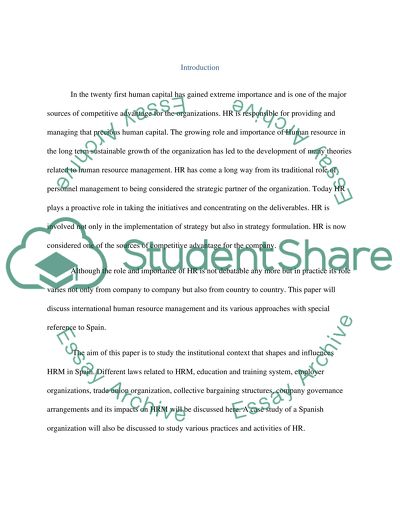Cite this document
(“International Human Resource Management Term Paper”, n.d.)
Retrieved from https://studentshare.org/environmental-studies/1417286-international-human-resource-management
Retrieved from https://studentshare.org/environmental-studies/1417286-international-human-resource-management
(International Human Resource Management Term Paper)
https://studentshare.org/environmental-studies/1417286-international-human-resource-management.
https://studentshare.org/environmental-studies/1417286-international-human-resource-management.
“International Human Resource Management Term Paper”, n.d. https://studentshare.org/environmental-studies/1417286-international-human-resource-management.


